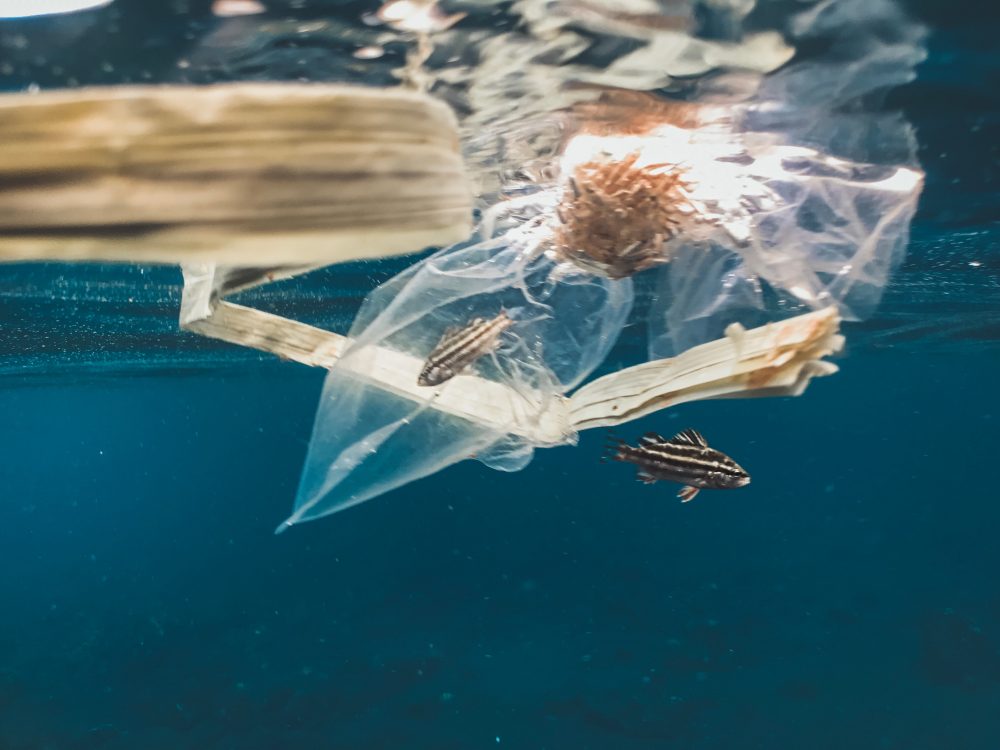
Summary
Plastic has made its way into every part of the world’s ecosystems, from the Antarctic to the Mariana Trench—the deepest of all ocean water, where in May 2019 a diving team discovered a plastic bag. The tiny particles of plastic debris known as microplastics are harder to spot than bags or bottles but they are even more widespread, and do enormous damage. Predicting microplastics’ movements through rivers and into the ocean—essential to managing the problem—is the aim of one of the research groups in WUN’s Responding to Climate Change Global Challenge. Principal Investigator Professor Bruce Sutherland (University of Alberta) talks about what the Modelling Microplastics group learned from their recent workshop.
Full story
At present we can neither prevent plastic waste nor find it: astonishingly, the plastic we can observe may represent only 1 per cent of what is in the planet’s rivers and oceans. To develop effective policy or practical solutions it will be vital to understand and anticipate the movement and settlement of microplastics in waterways and oceans.
As Professor Bruce Sutherland (University of Alberta) explained, this is a complex challenge: ‘one of the complications is that the range of particle sizes is enormous—from atoms and cells to up to a metre.’ Chemical composition and shape change how microplastics move and settle. The accumulation of biomass on their surface also has an impact: as the plastics are eaten away over time, they become more dense and sink, rising again when the biological matter falls off. Turbulence caused by storms and waves can resuspend plastics that have already been deposited.

The November 2019 workshop convened by the WUN Modelling Microplastics group and hosted by MIT’s Environmental Solutions Initiative was probably, Sutherland noted, ‘the first time that comprehensive theoretical and numerical modelling has been brought into this problem’. It featured researchers who used a range of tools and studied various phenomena, for instance, expertise in numerical modelling, theoretical modelling, or observational scientists, studying the circulation of large-scale objects or small-scale particles.
Discussions underscored that modellers need much more information for their research to progress. Protocols are required to standardise how microplastics volume is measured and to link up different databases. Citizen scientists and environmental activists can contribute by removing and recording marine debris through initiatives like the Rozalia Project’s ‘data clean-ups’.
The diverse expertise represented at the workshop showed up gaps in current understandings, including key zones for the dispersal of plastic waste into marine habitats. The sorts of scientists typically involved in the study of plastics pollution have prioritised rivers and open oceans (the work, respectively, of civil engineers and physical oceanographers). The discussions identified the neglect of a crucial third zone, coastal waters. As Sutherland observed, ‘very few scientists are focused on that region, which is the gap where most of the work has to go in’.
Sutherland’s own research addresses the problem of flocculation: the process by which dispersed particles come together to form larger aggregations. In the Yangtze River, for example, large amounts of mud gather into heavy clumps, carrying microplastics with them to depth. In contrast, the St Lawrence River, in Canada, is not muddy but it is seasonal, freezing and thawing each year. It also combines fresh and salt water over a long course and, all this, changes how plastics move.
The group’s aim is to improve knowledge for more effective interventions. Sutherland cited the global turn against chlorofluorocarbons to illustrate the kind of bold public policy that can galvanise when environmental factors are perceived as a threat to human life. Despite recent attention to the damage they do to marine life, that level of urgency has not yet met the issue of plastic waste. His hope is that their workshop will become ‘the start of us developing global teamwork to press ahead with this big picture.’
Professor Bruce Sutherland is Principal Investigator of the Modelling Microplastics group. Its WUN partner institutions are the University of Alberta and the University of Auckland. For more information see their WUN page.